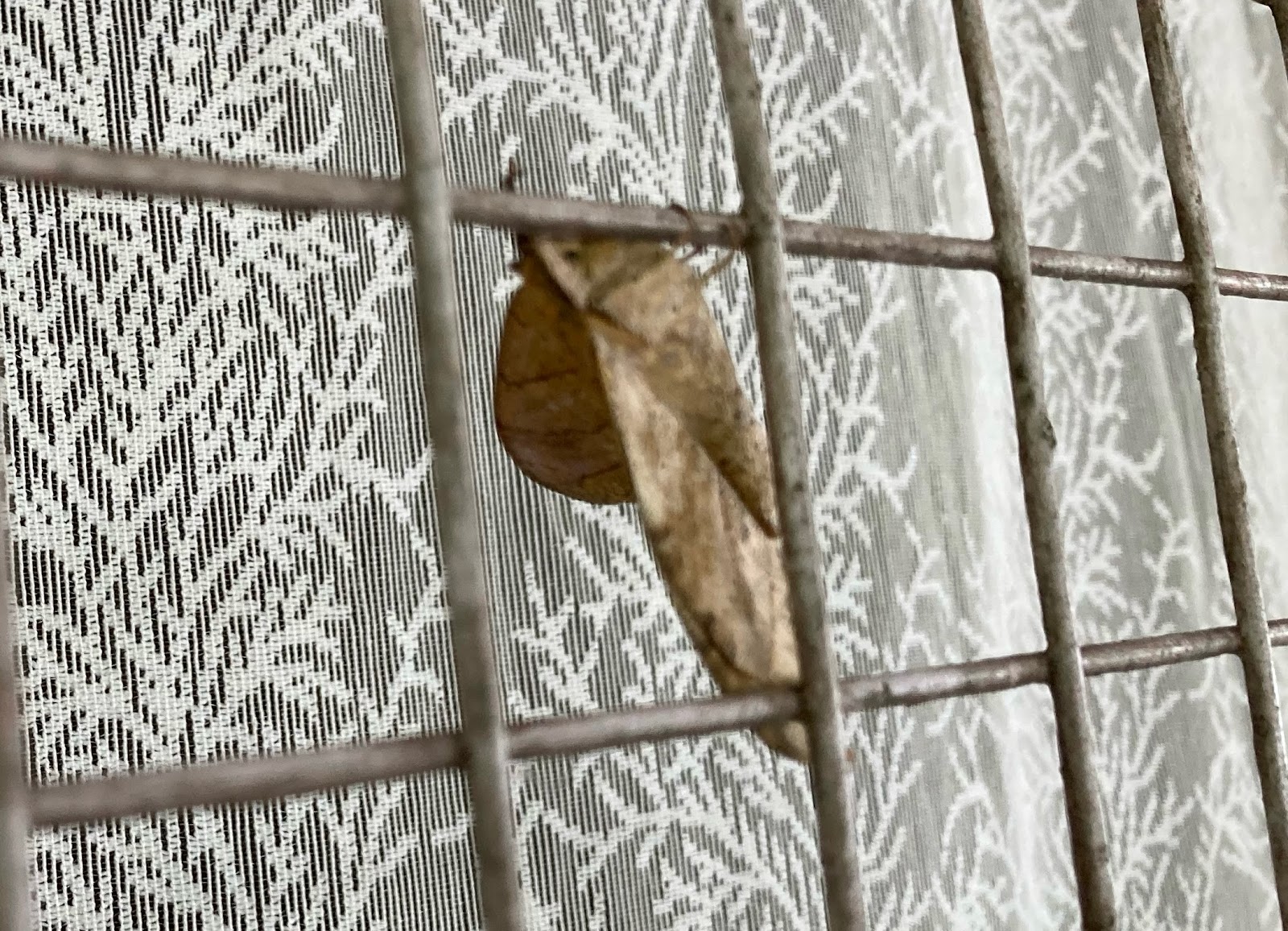Posts

Posted by
Flowergirl
Day 3 - The moths on lace - at Sally Lake
- Get link
- X
- Other Apps

Posted by
Flowergirl
Raptor rumbles in the marshes
- Get link
- X
- Other Apps

Posted by
Flowergirl
Visiting the RIWATCH museum at Roing - Day 5
- Get link
- X
- Other Apps

Posted by
Flowergirl
One cuckoo flew out of the nest
- Get link
- X
- Other Apps

Posted by
flowergirl
Breakfast at Mayudia Pass
- Get link
- X
- Other Apps
Posted by
flowergirl
Speed dialling and identity confusions
- Get link
- X
- Other Apps

Posted by
flowergirl
Hollong and hoolocks
- Get link
- X
- Other Apps

Posted by
flowergirl
Jia grasslands and the missing parrotbills
- Get link
- X
- Other Apps